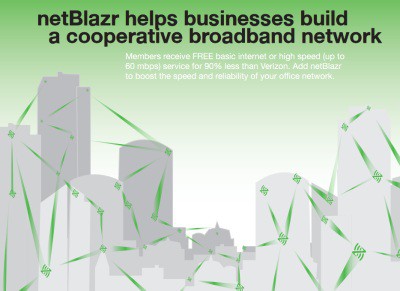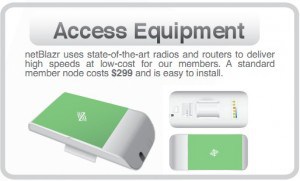 Cable Montana is now Optimum West, Cablevision’s marketing name for the cable systems it acquired from Bresnan Communications.
Cable Montana is now Optimum West, Cablevision’s marketing name for the cable systems it acquired from Bresnan Communications.
Earlier today, customers in Billings, Laurel, Park City and Columbus were able to start using upgraded cable, phone, and broadband equipment on the updated cable system. More than 2,200 Montanans were introduced to the Optimum name in a mailing sent to neighborhoods where service has been upgraded. But all of the new equipment that comes with the service has created considerable confusion for long-standing Bresnan customers who have been using older Bresnan equipment for years.
The changes have been overwhelming for those used to Bresnan’s modest level of service for more than a decade. Cablevision, best known for its Optimum service in suburban New York City, Connecticut, and New Jersey, has brought an enormous increase in programming, and improvements in broadband service, for many customers.
“All existing customers in Laurel, Park City and Columbus will be upgraded to Optimum TV by July 20, which will deliver many more channels, including access to more than 100 channels of free HD (high definition), thousands of titles of video on demand and other benefits like faster high-speed Internet and a better phone service with lower prices and more features than are available from any other provider,” says a Cablevision spokesperson.
When it works properly.
The Laurel Outlook reports some customers frustrated with the changeover have found themselves at local cable stores trying to sort out all the problems:
One Laurel customer installed his modem, but was not receiving service. A visit to the Laurel office did not provide answers to his satisfaction, so he drove to the Billings office on Monad Road, where he received two telephone numbers to call for tech support. He called one of the numbers, followed a menu, and was able to troubleshoot with a technician to get his Internet up and running.
A second customer installed her set-top box but was not receiving Optimum TV channels. She called the 1-800 number provided in the mailing packet, but technicians were unable to walk her through the necessary steps to receive service. Frustrated, she drove to the Laurel walk-in center on West First Street and made an appointment for a technician to come to her home. She discovered that not only must she program her television with the new Optimum channel numbers, she must also program the TV-top box with the correct numbers. After doing so, she was able to receive the new channels.
Many customers are likely going to need to reprogram their televisions more than once. When the upgrades are complete, Cablevision says it plans to unify channel lineups across the area.


 Subscribe
Subscribe





